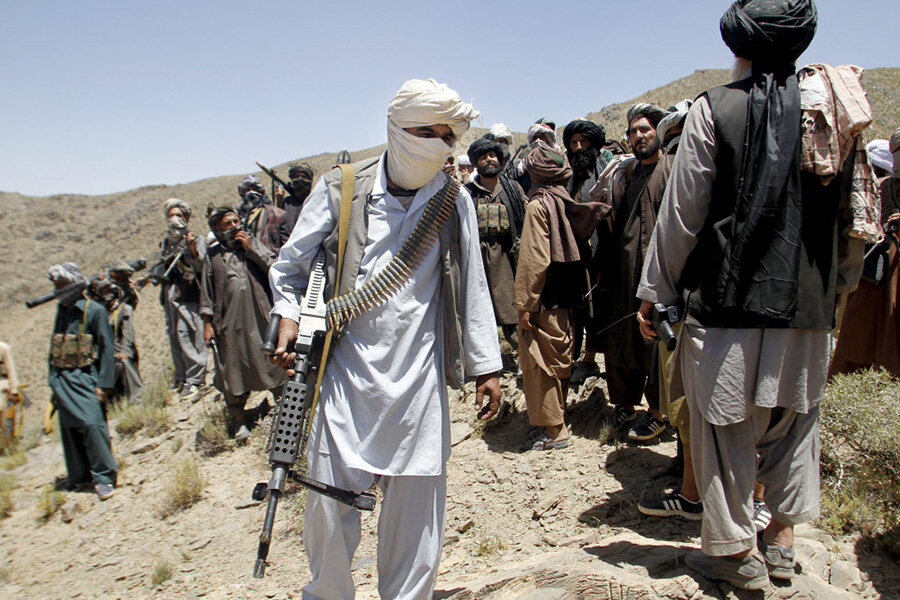Is the US moving to expand airstrikes in Afghanistan?
Loading...
| Washington
After months of debate, the US is close to a decision to expand the military's authority to conduct airstrikes against the Taliban as the violence in Afghanistan escalates, a senior US defense official said Thursday.
The official said a final decision has not been made, but the discussions are in their final stages. There is a broad desire across the Obama administration to give the military greater ability to help the Afghans fight and win the war. The official said the US is likely to expand the authority of US commanders to strike the Taliban and do whatever else is necessary with the forces they have to support the Afghan operations.
The 9,800 US troops still in Afghanistan, however, would still not be involved in direct combat.
The official was not authorized to talk publicly about the discussions so spoke on condition of anonymity.
The expected decision comes as the Afghans struggle with a resurgent Taliban, particularly in the south. But it is fraught with political sensitivities because President Barack Obama had made clear his commitment to get US forces out of Afghanistan. That effort, however, has been stalled by the slow pace of the development of the Afghan military and the resilience of the Taliban.
The Taliban are refocusing their attention mostly on the southern provinces of Helmand, Kandahar, and Uruzgan, according to US and Afghan military officials, although the insurgents also have struck elsewhere, such as in Kunduz province in the north, where they overran and held the provincial capital for a few days last fall.
The results have been daunting: The UN says 3,545 Afghan civilians were killed and 7,457 wounded in 2015, most of them by the Taliban.
The US has continued to conduct counterterrorism strikes against al-Qaeda and Islamic State militants in Afghanistan. But strikes against the Taliban were largely halted at the end of 2014, when the US-led coalition's combat role ended. Limited strikes have been allowed in cases of self-defense or when Afghan forces were in danger of being overrun.
Gen. John Nicholson, the top US commander in Afghanistan, has discussed with Defense Secretary Ash Carter his recommendations for moves the US can make to further assist the Afghans. And there have been ongoing conversations with the White House.
Pentagon press secretary Peter Cook, asked Thursday whether the administration was looking at expanding the US military's authorities to strike the Taliban more broadly, said: "In every step of our review of Afghanistan, the question of what's the best way to use our forces is something we're constantly looking at. It's also in the same sense that we're looking at the number of troops. We are always looking at the authorities question and the best use of our troops."
Gen. Nicholson's predecessor, Gen. John Campbell, made it known before he left Kabul in March that he believed Mr. Carter should consider expanding US military authorities to take on the Taliban.
Also under discussion is whether the US should reduce the number of American troops in Afghanistan to 5,500 as planned by the end of this year, or if a higher number is needed. Gen. Campbell favored keeping the troop level at the current total of 9,800 into next year.
US officials have insisted they are encouraged by the Afghan forces' resilience, despite their high rate of battlefield casualties. And they point to the Taliban's loss of its leader, Mullah Mohammed Akhtar Mansour, who was killed by a US drone strike in late May in Pakistan.
The US and NATO formally ended their combat mission in Afghanistan at the end of 2014, but have continued to provide support and assistance as the Afghan forces struggle to grow and gain greater capabilities, including in their air operations.
Brig. Gen. Charles Cleveland said last week that Nicholson was sending his assessment of the ongoing security threat there and the needs of the Afghan military to US Central Command and to the Pentagon, and was expected to brief senior military leaders soon afterward.







